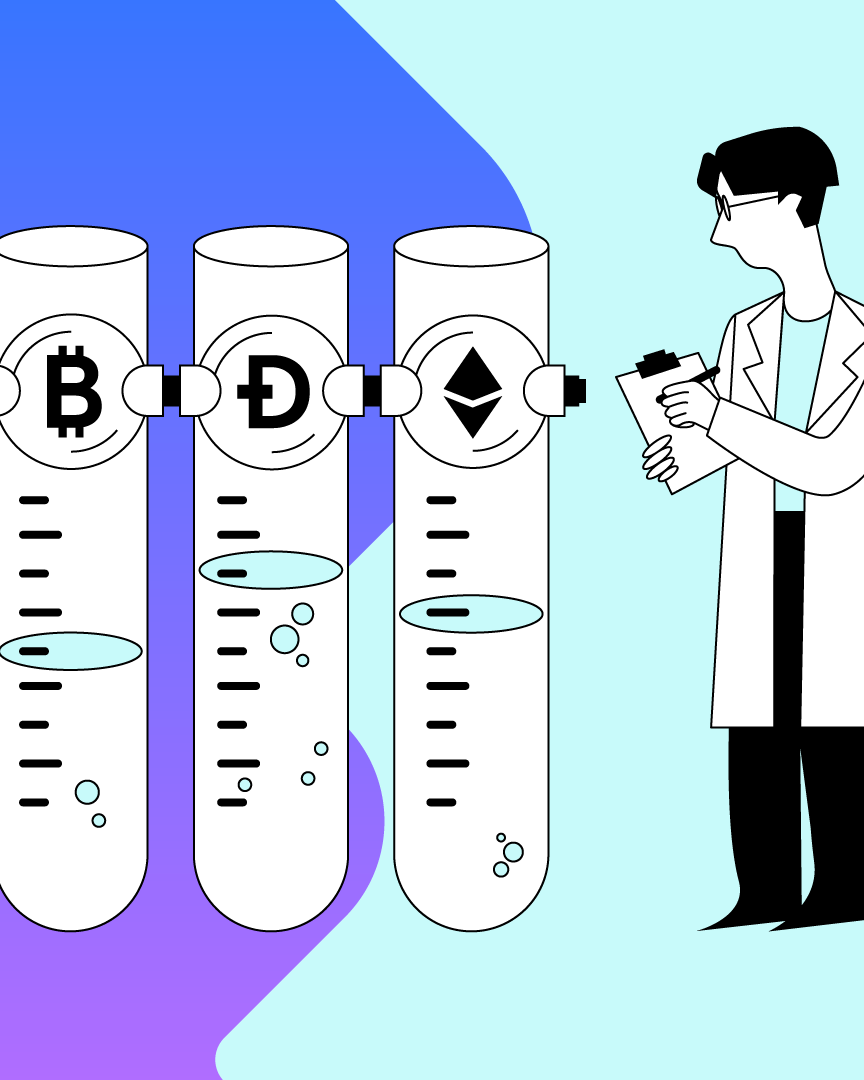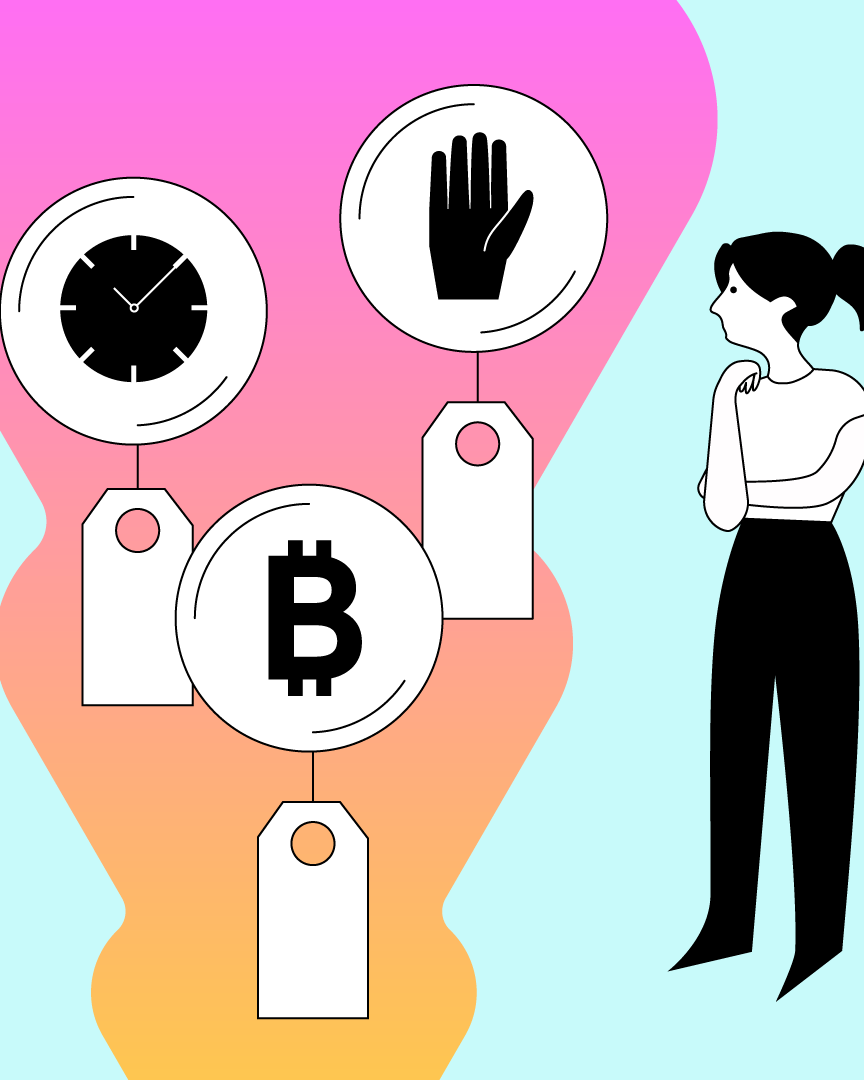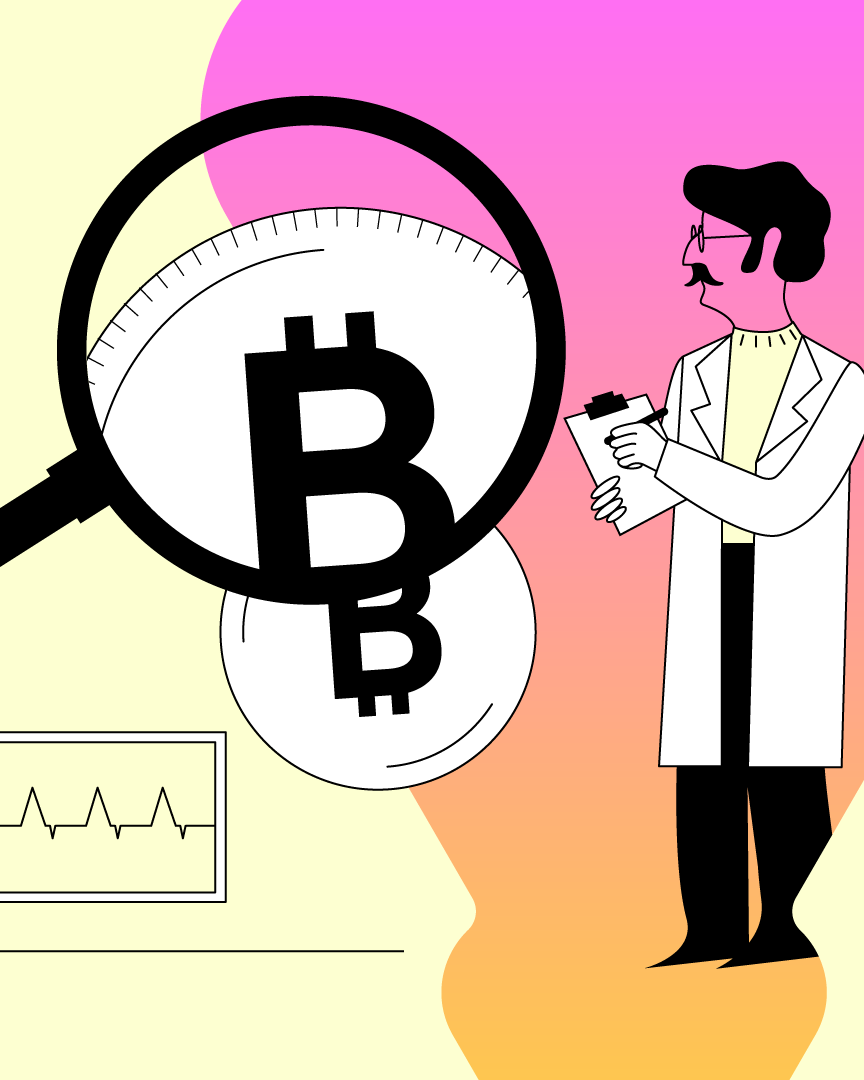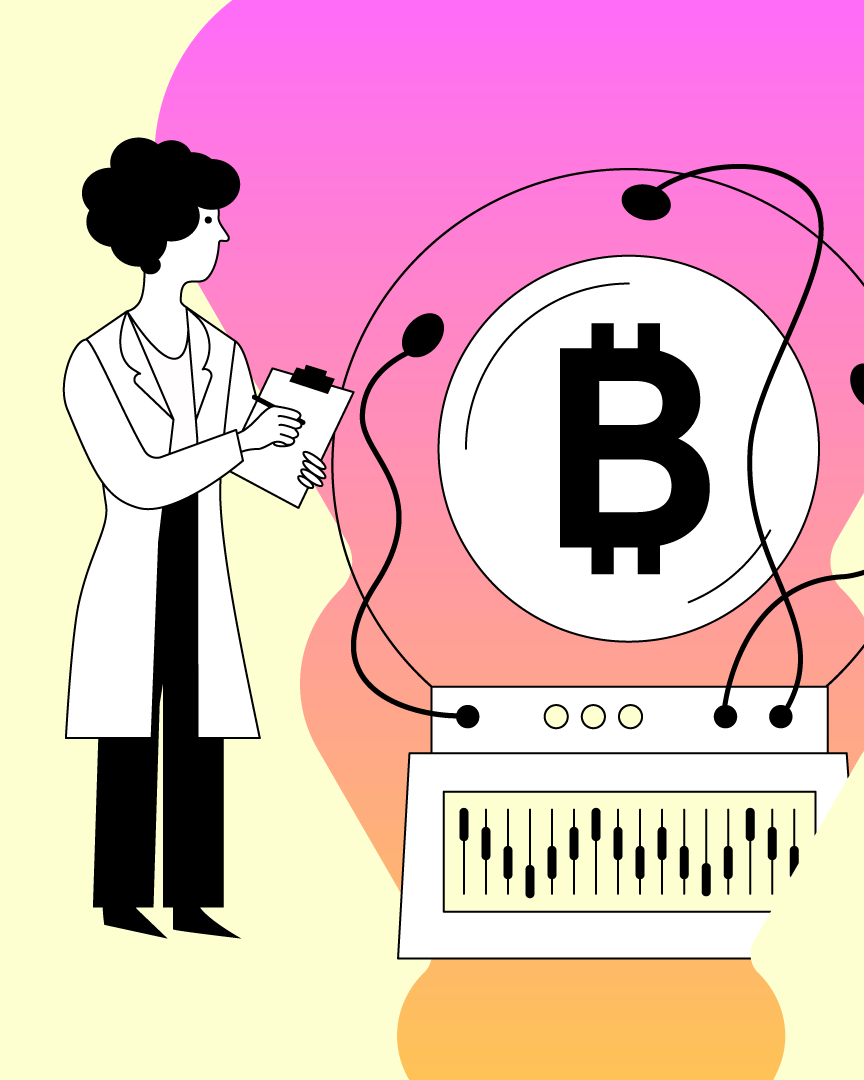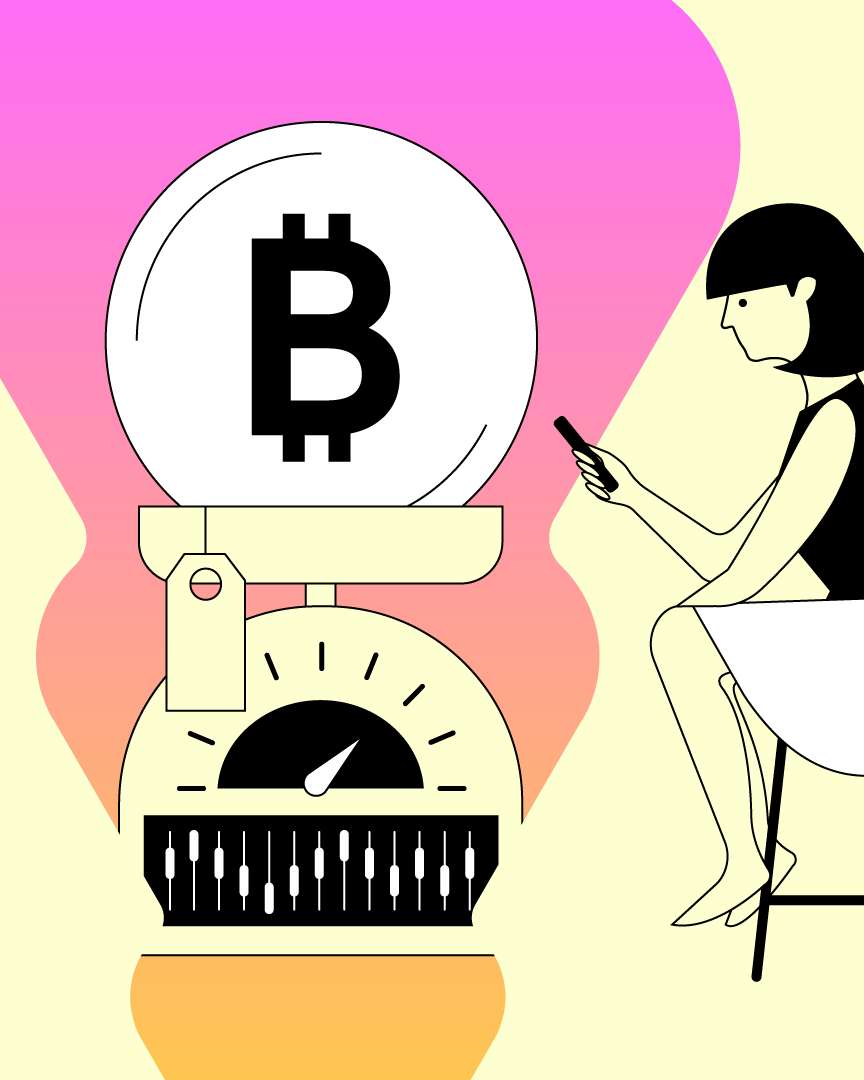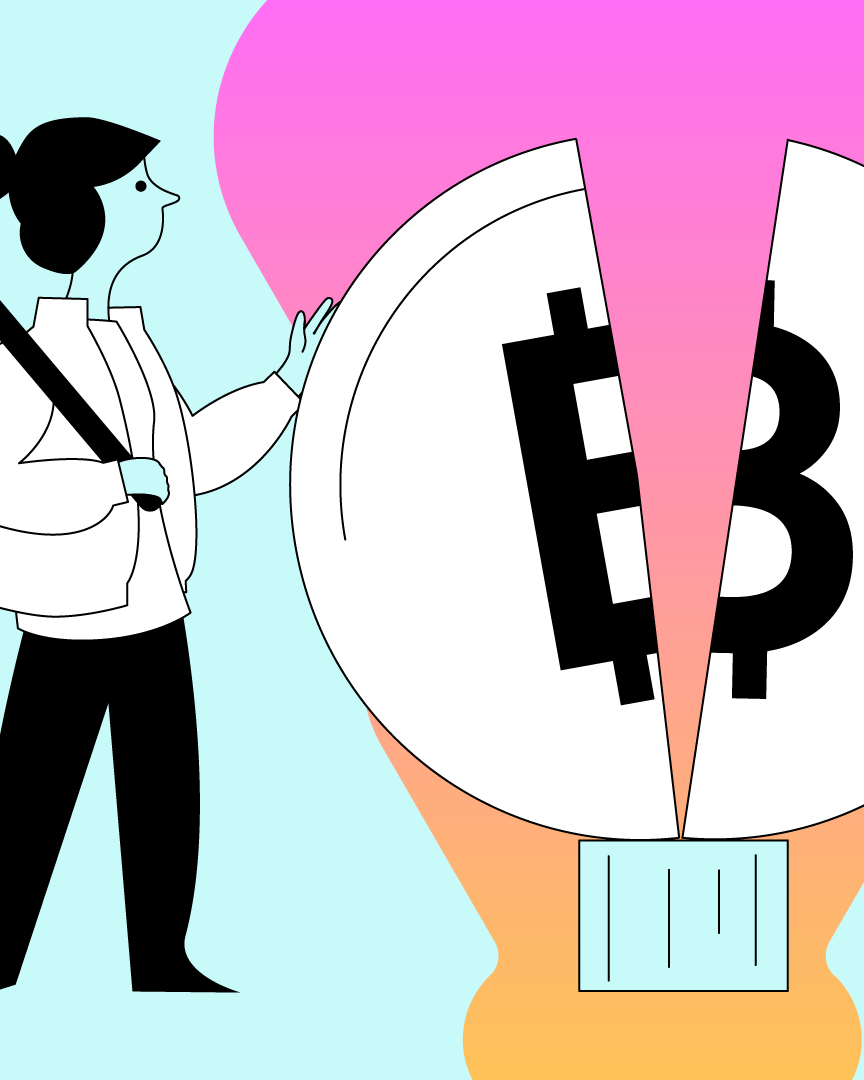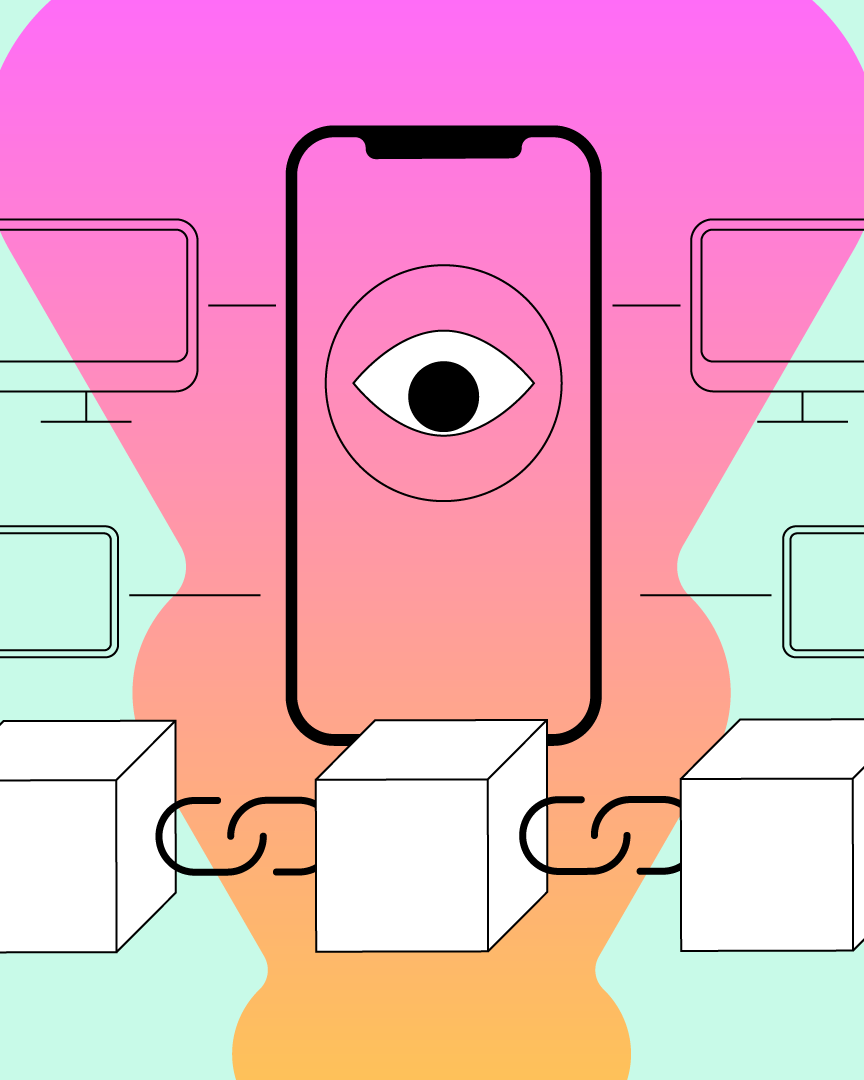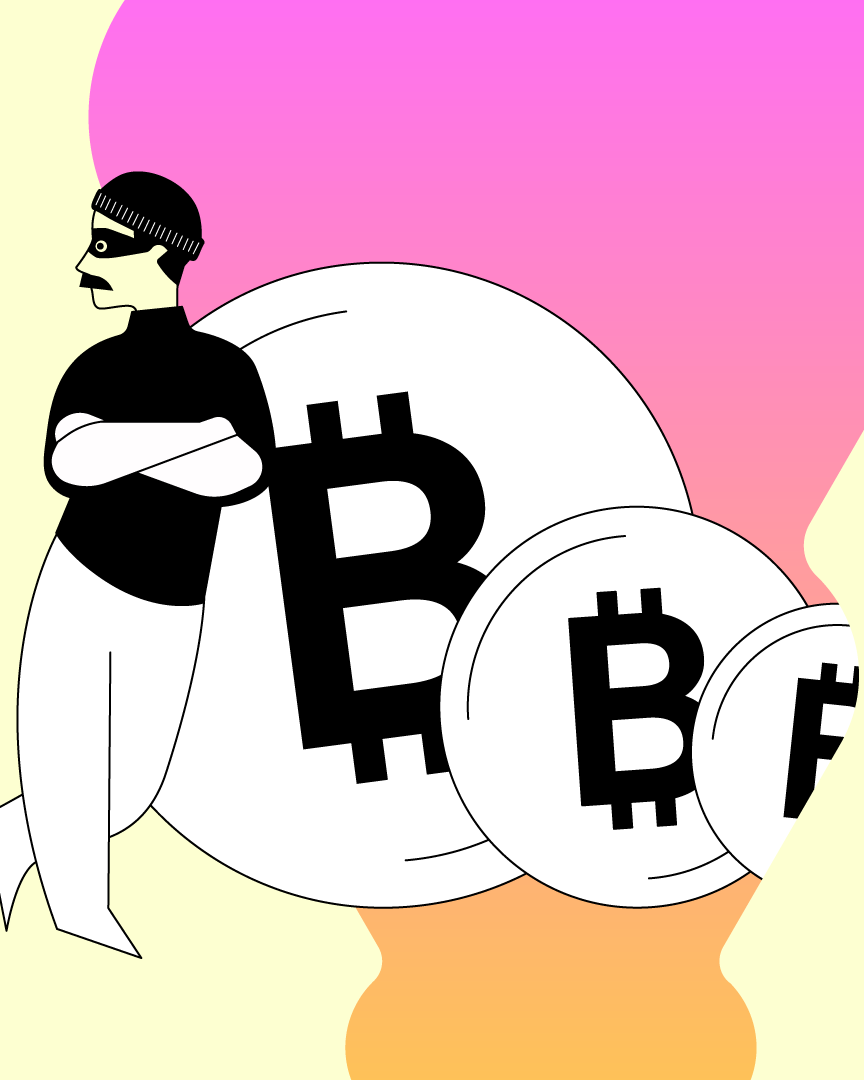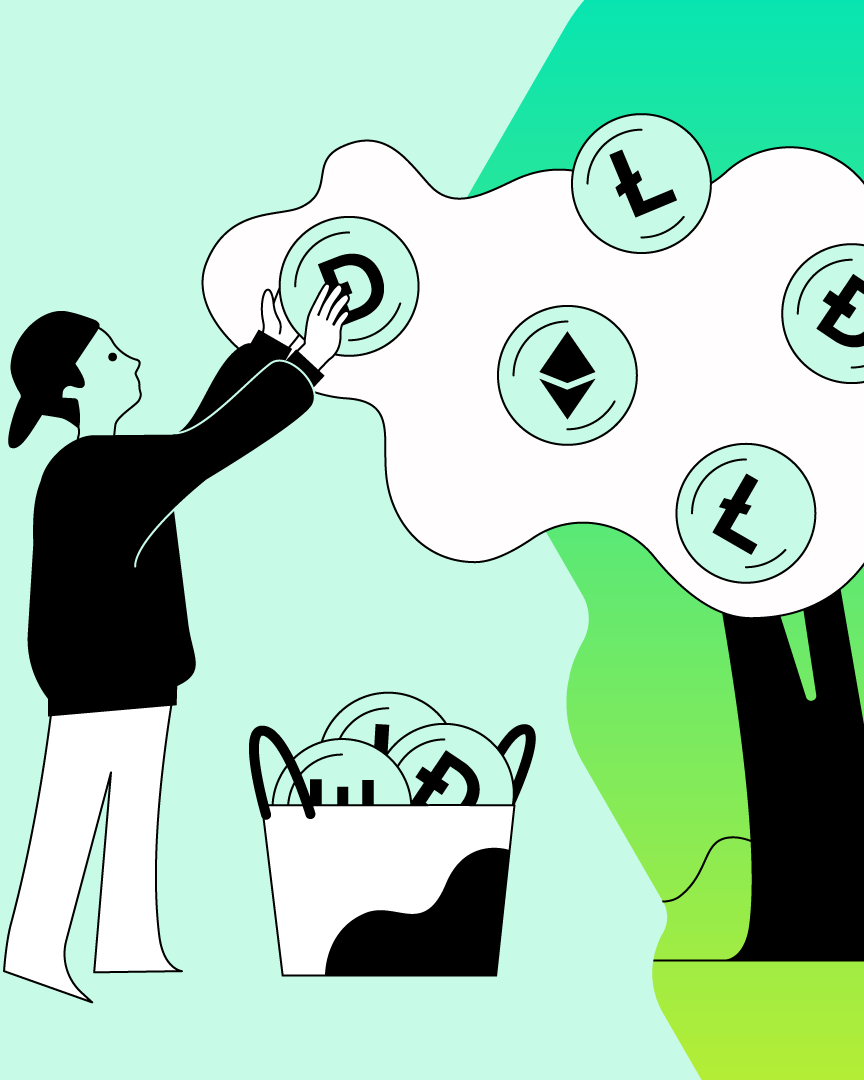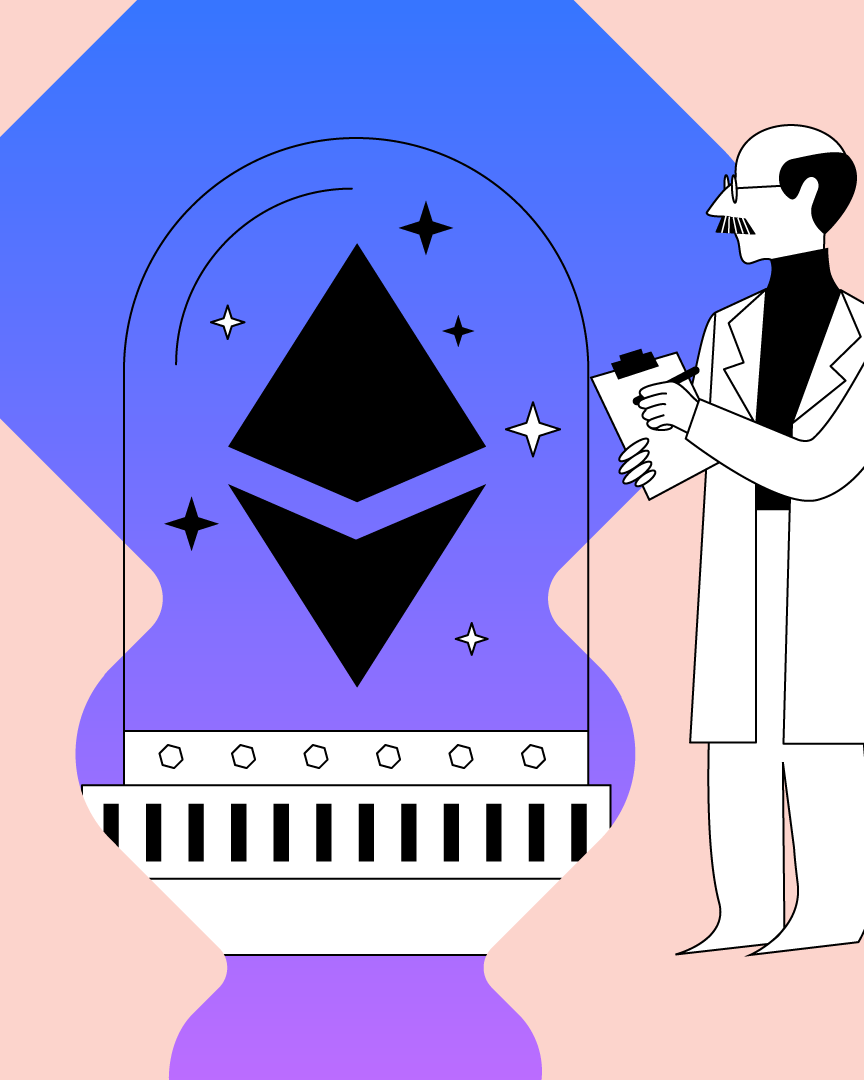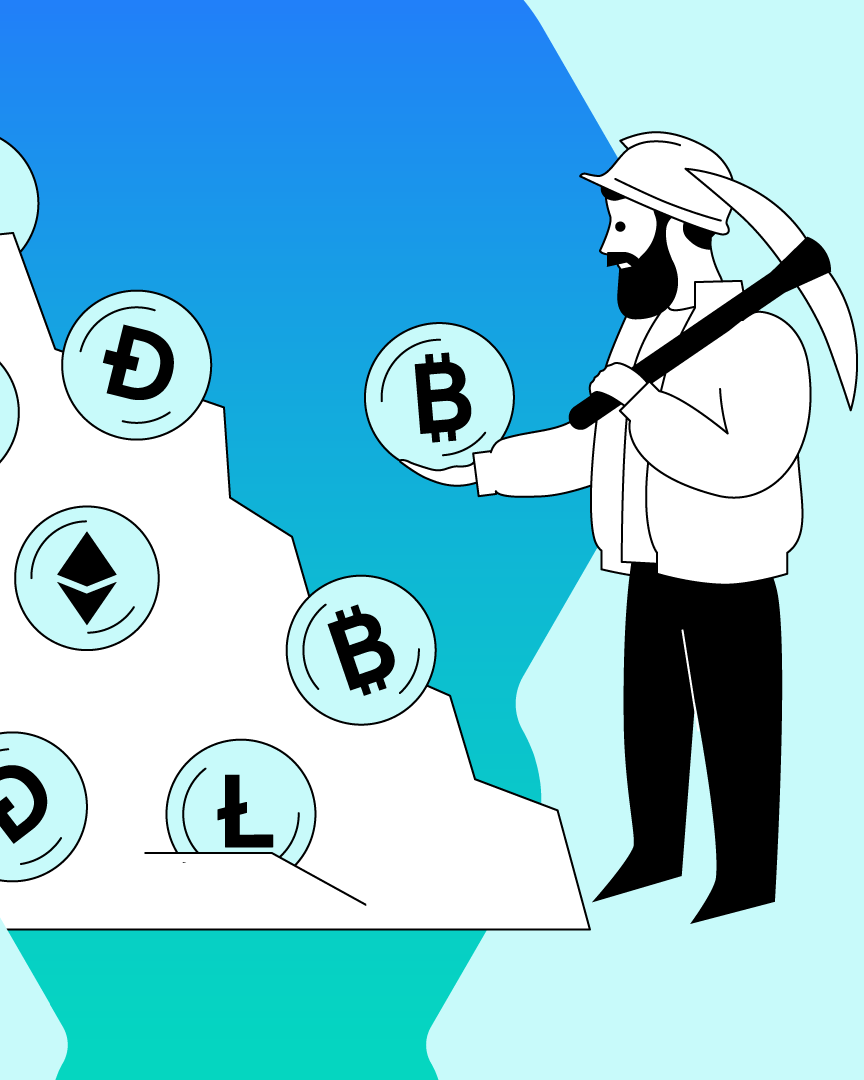1.10 Sending and receiving bitcoin
In this lesson, we explain how to send and receive bitcoins.

Performing a Bitcoin transaction is a complex process behind the scenes. But, as a user, you do not need to worry about it. You can send or receive Bitcoins within a few minutes while your wallet and the Bitcoin network go through a series of steps to complete a transaction successfully.
In this lesson, we explain how to send and receive Bitcoins.
Contents
- What do you need to perform Bitcoin transactions?
- How to send Bitcoin?
- How to receive Bitcoin?
- Time and fees to complete a transaction
What do you need to perform Bitcoin transactions?
Before knowing how to make Bitcoin transactions, you need to create a wallet and generate an address. We’ve explored this in our previous lessons, but let’s take a brief look.
You need a bank account to store, send, or receive money. Similarly, you need a Bitcoin wallet to be able to make transactions and store cryptocurrencies.
Wallets are software applications that allow you to transact or store cryptocurrencies. You can find more information about different types of wallets, keys, and how to store cryptocurrencies in one of our previous lessons.
To send Bitcoins, it is necessary to generate a wallet address.
Bitcoin wallets allow you to generate addresses. An address can either be an alphanumeric string or a QR code.
How to send Bitcoin?
To send Bitcoin, you need the recipient’s address. You need to create the transaction by entering the recipient’s address, the amount of Bitcoin, and the transaction fee you would like to pay. Further in this lesson, we take an in-depth understanding of the transaction fees in Bitcoin’s network.
After creating the transaction, your wallet will request you to enter the password. By entering your private key or the password, your wallet will sign the transaction. Once the transaction is signed, your wallet will broadcast it to the Bitcoin network.
After a transaction is confirmed, it cannot be canceled, altered, or reversed. This is the reason it is important to check the recipient’s address multiple times. Check the address and the amount before confirming the transaction.
Of course, none of this happens if your wallet is not connected to the internet. The wallet broadcasts the transactions to other nodes on the Bitcoin network. Other nodes or participants verify if the Bitcoins belong to the owner, i.e., if you’ve not spent the BTC before, amongst other details. If the majority of nodes agree that the transaction is legit, it is verified, and Bitcoins are transferred to the recipient.
How to receive Bitcoin?
To receive Bitcoin, you need to provide your Bitcoin wallet address to the sender.
Your address is displayed on your wallet. Most wallets also provide you with a QR-code version of your address. The process remains the same if you are using a centralized exchange like zondacrypto.
After you send your wallet address, always wait for confirmation and check if the receipt is reflected in your wallet.
Time and fees to complete a transaction
One of the factors that differentiate Bitcoin from the conventional financial ecosystem is its infrastructure. The network is designed such that Bitcoin transactions can be sent anywhere across the globe with almost negligible fees. For cross-border transactions, banks or third-party payment service providers typically charge around 3% or more as processing fees. In contrast, Bitcoin’s infrastructure is designed to process near-instant transactions with almost negligible fees. But, there is a twist.
The infrastructure can function only at a certain capacity. With growing demand, increase in nodes, and network congestion, the fees and transaction time have surged. Hence, the transaction fees and time now depend on several factors.
When you go to a movie theatre, your seat (row number) depends on the price that you are willing to pay for the ticket. Similarly, the speed of your transaction in the Bitcoin network depends on the fee that you are ready to pay. Alike the theatre analogy, the user gets to choose the transaction fees for the transfer.
The fees depend on the congestion in Bitcoin’s network at the time of transaction. The average size of Bitcoin’s block size is 1 MB and typically it can accommodate around 4000 to 4500 transactions per block. Since miners receive the fees that you pay for processing the transaction, they prioritize transactions with higher fees. Hence, usually the lower the fee, the longer the transaction will take and vice-versa.
Each time you send a transaction, you are making a transfer, and it is important to wait until the transfer is ‘confirmed’ by the nodes. Usually, it takes 10 minutes to an hour to complete a Bitcoin transaction.
The Bitcoin fee rate is measured in satoshis per byte of data in the transaction or satoshi/Byte. Depending upon congestion in Bitcoin network along with how fast you want your transaction to be approved, the fee can range from anywhere between $0.05 to $100.
ES
This material does not constitute investment advice, nor is it an offer or solicitation to purchase any cryptocurrency assets.
This material is for general informational and educational purposes only and, to that extent, makes no warranty as to, nor should it be construed as such, regarding the reliability, accuracy, completeness or correctness of the materials or opinions contained herein.
Certain statements in this educational material may relate to future expectations that are based on our current views and assumptions and involve uncertainties that could cause actual results, performance or events to differ from those statements.
BB Trade Estonia OU and its representatives and those working directly or indirectly with BB Trade Estonia OU do not accept any liability arising from this article.
Please note that investing in cryptocurrency assets carries risks in addition to the opportunities described above.







